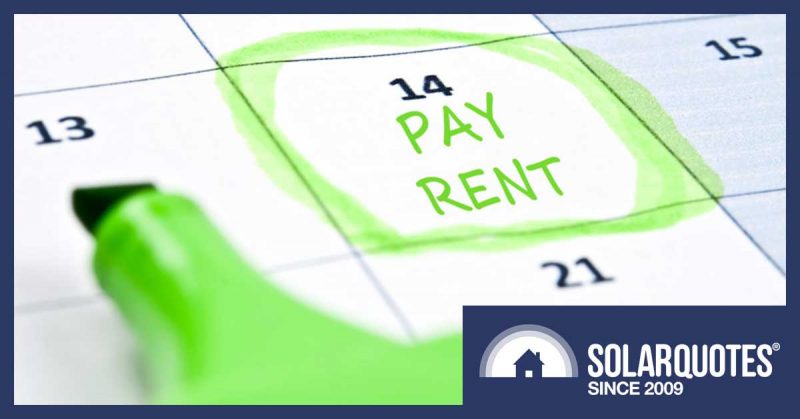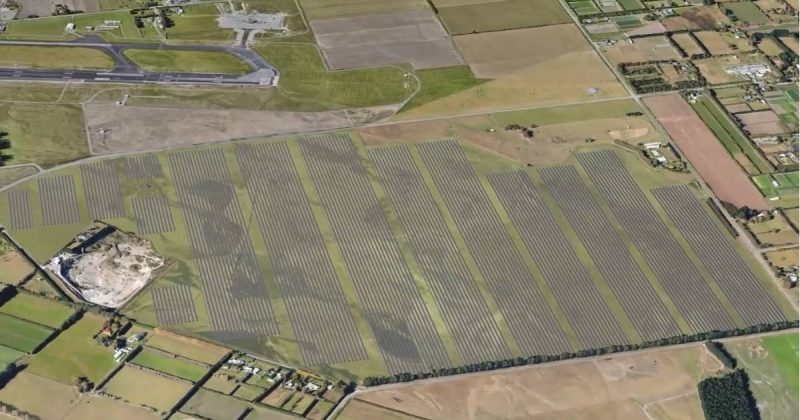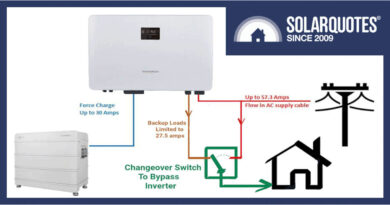Electricity Demand Tariffs Catching Out Australian Households

A report claims many Australian households aren’t aware they are on electricity plans with demand tariffs, which are charges that can push power bills even higher.
Most Australian households are on a flat-rate or, increasingly, a time-of-use tariff for mains electricity consumption. The former is an “all-day” (and night) rate, while the latter bases charges on the time electricity is consumed. It has different rates for peak (early-mid mornings and late afternoons-evenings), off-peak (late night and early mornings) and shoulder (usually around 10am – 3pm), when solar systems are exporting the most to the grid and pushing wholesale electricity prices down 1.
But there’s another type we’ll be hearing more about – demand tariffs.
What’s A Demand Tariff?
Demand tariffs may offer cheaper grid electricity charges per kilowatt-hour, but the sting in their tail is a demand charge based on peak power draw in kilowatts2. Using multiple power-hungry appliances at the same time, particularly in the evenings, could tip a household over the threshold that attracts the charge. It may be structured as a daily capacity charge, meaning if the household hits the threshold even once in a month or during a billing period, the extra charge is applied for every day of the period. This can add a substantial amount to an electricity bill.
In years gone by, demand tariffs were usually applied to businesses, but they started appearing for residential customers in some states around 2016. And it seems the pace has been picking up recently.
Electricity Customers Caught Off-Guard
The ABC reports many Australians have contacted the organisation complaining about high charges in peak times that are stacked on top of consumption and daily service charges. In the article, Richard Foxworthy from Bill Hero3, a subscription-based energy bill comparison service, says there’s been acceleration in the number of households on demand tariffs and he’s seen bills with hundreds of dollars whacked on for demand charges.
Mr. Foxworthy says:
“Every single one of them [customers] that we’ve spoken with doesn’t understand what that tariff means, how they got migrated to it, and why.”
The ABC states:
“But few customers appear to be aware of the changes thanks to a loophole that allows power companies to pass on tariff overhauls without forewarning them.”
It seems a very unfair situation that urgently needs addressing by the powers-that-be. Check your bill and plan details for mentions of this and if comparing electricity plans, forewarned is forearmed – scrutinise the fine print and watch out for demand tariffs/charges.
As with just about anything in this life, if something appears to be too good to be true, it often is.
Footnotes
- Solar tip: Households with solar power systems will often find a flat-rate tariff plan most suitable. But for those with solar panels and batteries, a time-of-use tariff offering lower off-peak and shoulder rates is usually a better choice.
- Kilowatt-hours are a measure of energy and kilowatts a measure of power. Learn more about the difference between power and energy.
- Bill Hero is a bill monitoring service guaranteed to save you money that SQ has partnered with (Note: if you sign up using that link, we’ll typically get a $20 referral fee).
Original Source: https://www.solarquotes.com.au/blog/electricity-demand-tariffs-mb2934/



















